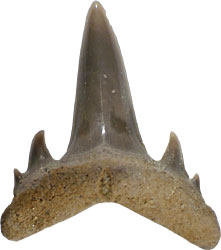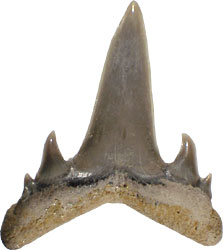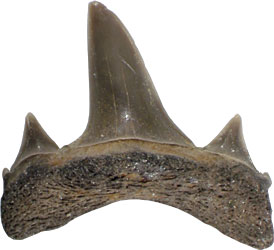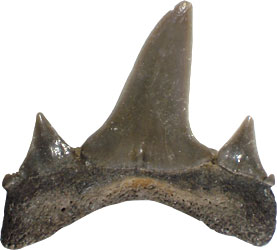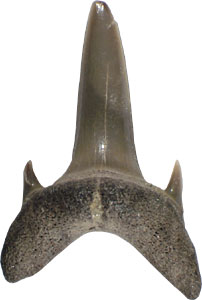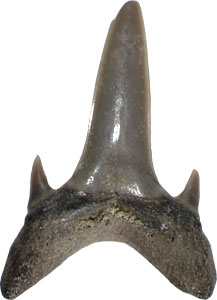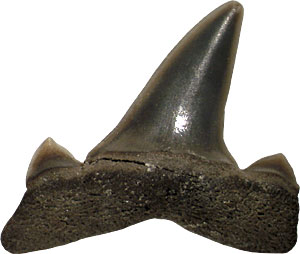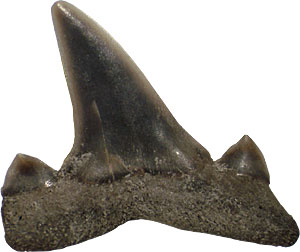Order
LAMNIFORMES Berg
1958
Family CARCHARIIDAE Müller
& Henle 1838
Genus BRACHYCARCHARIAS Cappetta &
Nolf 2005
Brachycarcharias
lerichei (Casier, 1946)
- Lamna lerichei

_____________________________________________________________________________________________________
_____________________________
CASIER,
E., 1946.
La faune ichthyologique de l'Yprésien de la Belgique. Mémoire
du Musée royal d'Histoire naturelle de Belgique, 104: 1-267.
CAPPETTA,
H. & NOLF, D., 2005. Révision
de quelques Odontaspididae (Neoselachii: Lamniformes) du Paléocène
et de l'Eocène du Bassin de la mer du Nord. (Revision of some Odontaspididae
(Neoselachii: Lamniformes) from the Palaeocene and Eocene of the North Sea
Basin). Bulletin de l'institut Royal des Sciences Naturelles de Belgique,
Sciences de la Terre/Aardwetenschappen, 75: 237-266.
CUNNINGHAM,
S., 2000.
A comparison of isolated teeth of early Eocene Striatolamia macrota
(Chondrichthyes, Lamniformes), with those of a recent sand shark, Carcharias
taurus. Tertiary Research, 20(1-4): 17-31.
VAN
DEN EECKHAUT, G. & DE SCHUTTER, P., 2009. The
Elasmobranch Fauna of the Lede Sand Formation at Oosterzele (Lutetian, Middle
Eocene of Belgium). Palaeofocus, 1: 1-57, 2 figures, 2 tables, 22
plates.
On
elasmo.com: A Review of and Comments
on Cappetta & Nolf 2005
Bourdon, Cunningham & De Schutter ©
2006
![]()
